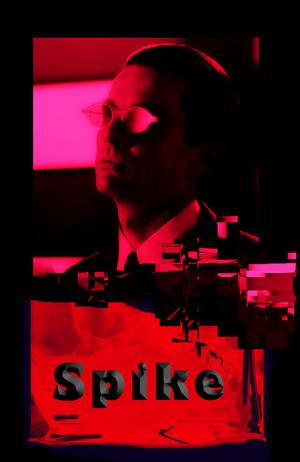

Even though shows featuring physical punishment and nudity were popular, there were also plenty of Japanese people outraged by them. Many games required contestants to wear ridiculous costumes and featured people on the sides throwing things at players. Launched in 1986, the hour-long program depicted more than 100 contestants enduring several physical challenges-most of them involving lots of water and mud-in order to storm the titular fortress. The foreign image of Japanese game shows, though, arose from the ‘80s staple Takeshi’s Castle. That format remains unchanged today, though personalities now also watch YouTube videos and talk about them.
#Spikespen gameshow tv#
Most games were segments in “variety shows,” a popular type of TV program in Japan featuring celebrities engaging in discussions and contests. Game shows became more complex as the years went on, yet quiz programs remained the dominant type. The earliest incarnations, though, were as benign as could be: One of the first and most influential was called “Gesture,” and was simply charades. Game shows existed in the programming mix since television broadcasting in Japan started in 1950. If anything, more and more Japanese people say their TV choices nowadays have become boring. But that hasn’t been the case in the last 15 years. The “Japanese game show culture” Japanizi and I Survived A Japanese Game Show trumpet-and that comedies and comment sections mock-once existed, sometimes in forms even more extreme than Western parodies.

But the stereotype of Japanese game shows as bizarre affairs where producers put contestants through strange punishment just doesn’t ring true in 2013.


 0 kommentar(er)
0 kommentar(er)
